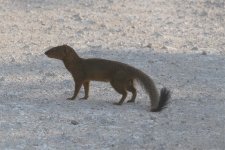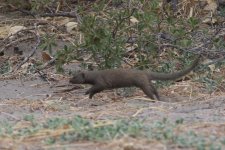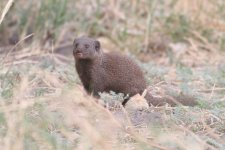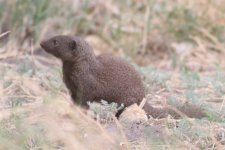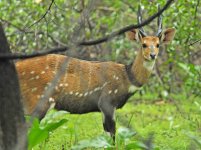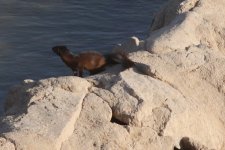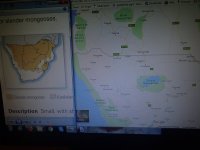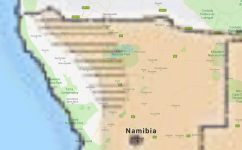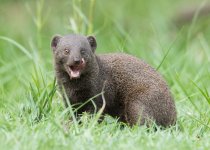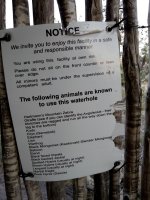Yeah, this mammal taxonomy seems even worse than birds... We decided somewhat randomly to start listing mammals based on MSW, because they provide this super nice spreadsheet which makes it easy to search (and we do not need to buy 9 volumes of books to get the complete picture

). They consider Somalian AND Angolan as species and the rest as subspecies. Now Angolan is synonymous with Kaokoland and in a remark they say it can be synonymous with Black, but even the remark themselves are not consistent, because they are just references to various works ...
I dunno, probably really nothing much can be said, if those both look good for the "Slender" category, then the final pick is a matter of choice. The most interesting outcome of this thread to me is the quite certain determination of Dwarf which now seems clear to me and it's a nice extra species for a total of 57 from the trip if I am not mistaken. Africa is just so great!





